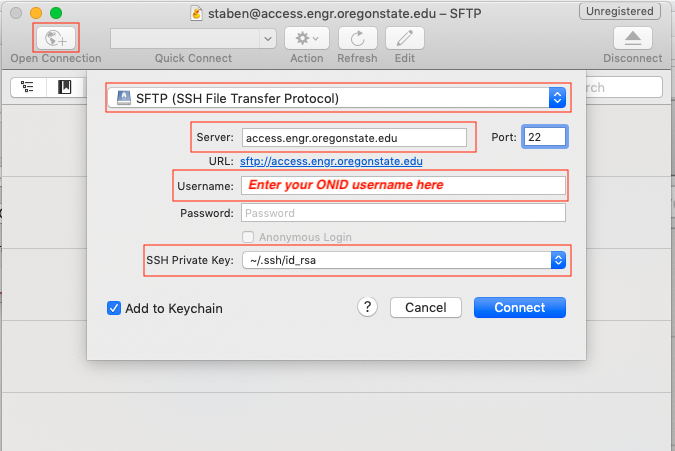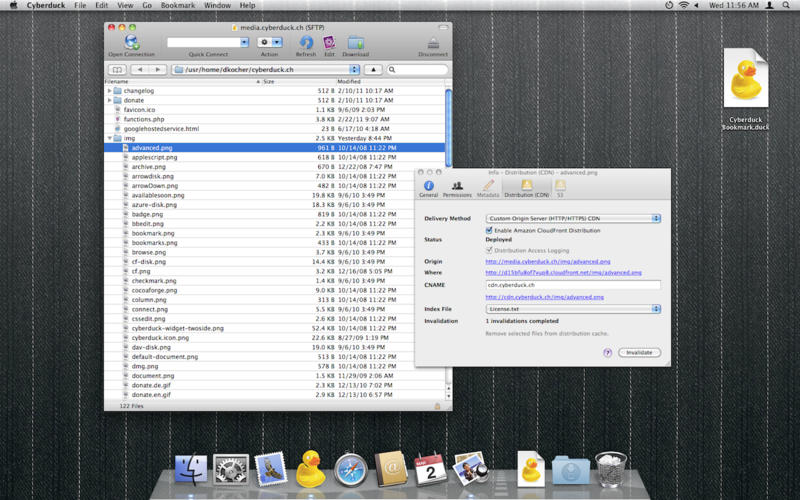

The authenticity of host ‘ (134.68.246.118)’ can’t be established.ĮCDSA key fingerprint is SHA256:i+GIv+KvV1xr56iWkAmONNT5L7ybmZzzfTP4BauWdUo.Īre you sure you want to continue connecting (yes/no/)? Ssh ssh will see a response similar or identical to: Next, you will type the following at this command prompt:

One of them is bound to have your X session. If neither of these work, cycle through all the ctl-alt-F# keys. To return to your graphical display, it’s usually ctl-alt-F7 or occasionally ctl-alt-F1. In the Finder, open the /Applications/Utilities folder, then double-click Terminal.ĭue to the ubiquity of user interfaces, the most likely way to get a command prompt is to use a virtual terminal from ctl-alt-F4 or similar. orįrom the Start menu, click Start, click All Programs, click Accessories, click the Windows PowerShell folder, and then click Windows PowerShell.Ĭlick the Launchpad icon in the Dock, type Terminal in the search field, then click Terminal. At this point, SSH is actually the more straightforward to use.įirst you will need to open a command prompt or terminal session on your local computer:įrom the Start Menu, Click Start, type PowerShell, and then click Windows PowerShell. If you don’t have the option to download and install a graphical SFTP program, then you’ll need to use SSH or SFTP via the command line. We highly suggest using an SFTP exclusive program.

There are several other graphical file transfer programs which allow multiple protocols. This is critical as FileZilla will normally default to the unencrypted FTP protocol which will send your username and passphrase over the Internet in clear text. If you are using FileZilla, make sure that your protocol is SFTP by prepending sftp:// to the host name.


 0 kommentar(er)
0 kommentar(er)
